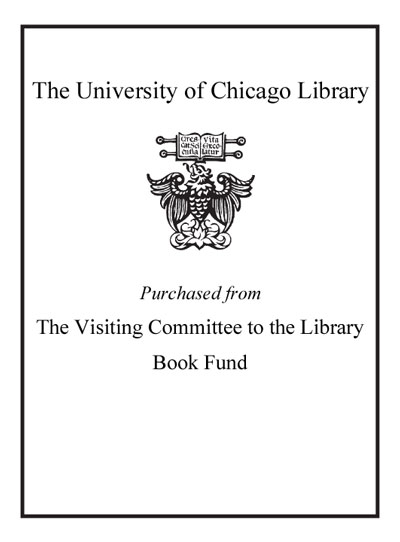Worlds in common? : television discourse in a changing Europe /
Saved in:
| Author / Creator: | Richardson, Kay, 1955- |
|---|---|
| Imprint: | London ; New York : Routledge, 1999. |
| Description: | vi, 197 p. ; 25 cm. |
| Language: | English |
| Subject: | |
| Format: | Print Book |
| URL for this record: | http://pi.lib.uchicago.edu/1001/cat/bib/3762420 |
Table of Contents:
- Acknowledgements
- Introduction
- Context
- Rationale
- Methodology
- History
- Part 1. The semiotics of time in the third age of broadcasting
- 1. Regularity and change in 24-hour news
- Television and temporal order
- Flow
- The flow of news discourse
- Modularity and meaning on Sky News and n.tv
- Form and content
- Assessment
- 2. Timeliness: textual form and the beef crisis story
- Where's the beef? - the story according to Sky
- The story according to n.tv
- Capturing the moment: British and German histories compared
- 3. Liveness as synchronicity and liveness as aesthetic
- Synchronicity
- Television and history
- Aesthetics
- Part II. The semiotics of space in the third age of broadcasting
- 4. Constructing Europe
- Satellite television and the new cultural geography
- The European TV experience
- The European public sphere
- European culture and identities
- European culture and community: a case study
- 5. Narrowcasting
- TV's local audiences
- The new local television
- 6. Spatial relations and sociability
- Television's spatial relations in the era of satellite and cable channels
- Part III. Trash and quality
- 7. Bad television?
- Bad television: the problem of judgement
- Schedule and genre - characterising the new talk shows
- 8. European high culture - arts discourse in the new regime
- ARTE about ARTE
- ARTE scheduling
- In conclusion
- Worlds in common? Conclusions
- Industry, texts and experience
- Novelty and familiarity
- Television in a changing Europe
- Notes
- References
- Index

